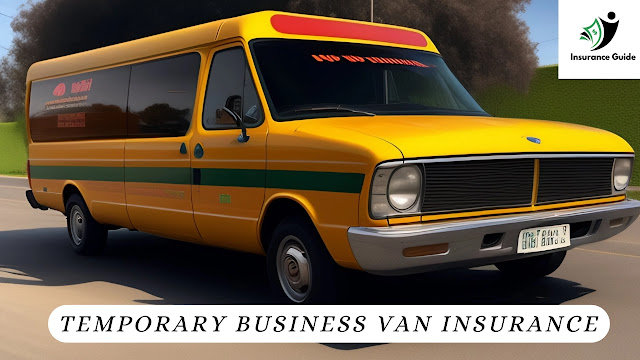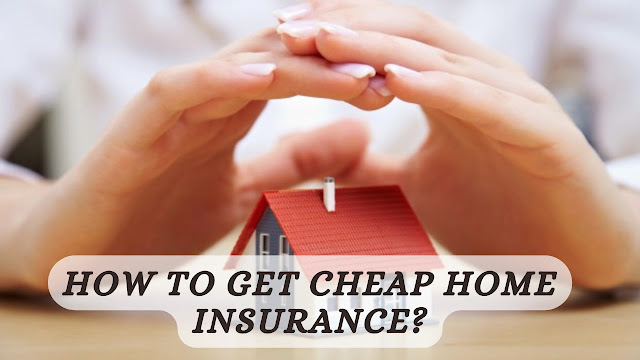What Car Insurance Group Is My Car?
If you were to go into a dealership and ask a salesperson what car insurance group is my car, they would most likely give you a blank stare. It's not as simple anymore, as there are no less than 50 different groups - the lower a car is in the group, the lower your premium will be.
Your car is put into an insurance group from 1 to 50 based on the group rating panel. It is made up of members of the Association of British Insurers and supported by Thatcham Research, which uses a range of factors to decide which group it belongs in.
The panel looks at the value of your car when it is new, as well as how easy it is to repair and the cost of parts. They also take into account your driving experience, where you live, the number of miles you drive, and the safety features of your vehicle.
High-performance cars tend to be in higher groups than low-performance models because they are deemed riskier for insurers, especially when they're driven fast. They're also more likely to get stolen, so they are more expensive to insure.
Safer vehicles are more likely to be in lower groups because they're easier to fix and repair, so you'll be able to make a claim much more quickly. The Euro NCAP ratings of your car are a big factor in determining how safe it is to drive, and this is reflected by your insurance group.
It's also a good idea to check your policy before you buy as some car insurance companies will allow you to switch your policy to a car with a lower group, which could result in cheaper premiums.
Do low-cost, cheap-to-insure vehicles always have the best insurance groups?
If you're looking for the lowest insurance groups, consider small, low-powered cars like the Nissan Micra and Citroen C1. These cars will be a lot cheaper to insure than bigger and more powerful vehicles.
If your budget is tight, then you should definitely consider a low-cost, cheap-to-insure car. Some of the cheapest to insure are those that are in groups one and two, which include small, affordable cars like the Nissan Micra or Fiat Panda, as well as Vauxhall Corsa.
Another smart buy might be an entry-level or mid-range model that is rated as being safer than similar models and comes with a good level of equipment. The SEAT Mii, for instance, has a strong safety performance and a good level of equipment.
In most cases, it's not worth paying extra for a higher safety rating. If you're planning to insure a high-performance sports car, however, it may be worth paying more for it if you plan on using it for a long time.
If you're not sure which group your car is in, then use our handy search tool to find out before you buy. Many websites now offer this information, and it's well worth taking the time to do a bit of research before you buy a new vehicle.
What do car insurance groups mean?
Your car is put into an insurance group from 1 to 50 based on the group rating panel. It is made up of members of the Association of British Insurers and supported by Thatcham Research, which uses a range of factors to decide which group it belongs in.
The panel looks at the value of your car when it is new, as well as how easy it is to repair and the cost of parts. They also take into account your driving experience, where you live, the number of miles you drive, and the safety features of your vehicle.
High-performance cars tend to be in higher groups than low-performance models because they are deemed riskier for insurers, especially when they're driven fast. They're also more likely to get stolen, so they are more expensive to insure.
Safer vehicles are more likely to be in lower groups because they're easier to fix and repair, so you'll be able to make a claim much more quickly. The Euro NCAP ratings of your car are a big factor in determining how safe it is to drive, and this is reflected by your insurance group.
It's also a good idea to check your policy before you buy as some car insurance companies will allow you to switch your policy to a car with a lower group, which could result in cheaper premiums.
Do low-cost, cheap-to-insure vehicles always have the best insurance groups?
If you're looking for the lowest insurance groups, consider small, low-powered cars like the Nissan Micra and Citroen C1. These cars will be a lot cheaper to insure than bigger and more powerful vehicles.
Are there any smart buys in group one?
If your budget is tight, then you should definitely consider a low-cost, cheap-to-insure car. Some of the cheapest to insure are those that are in groups one and two, which include small, affordable cars like the Nissan Micra or Fiat Panda, as well as Vauxhall Corsa.
Another smart buy might be an entry-level or mid-range model that is rated as being safer than similar models and comes with a good level of equipment. The SEAT Mii, for instance, has a strong safety performance and a good level of equipment.
Is it worth it to pay extra for a higher safety rating?
In most cases, it's not worth paying extra for a higher safety rating. If you're planning to insure a high-performance sports car, however, it may be worth paying more for it if you plan on using it for a long time.
If you're not sure which group your car is in, then use our handy search tool to find out before you buy. Many websites now offer this information, and it's well worth taking the time to do a bit of research before you buy a new vehicle.










